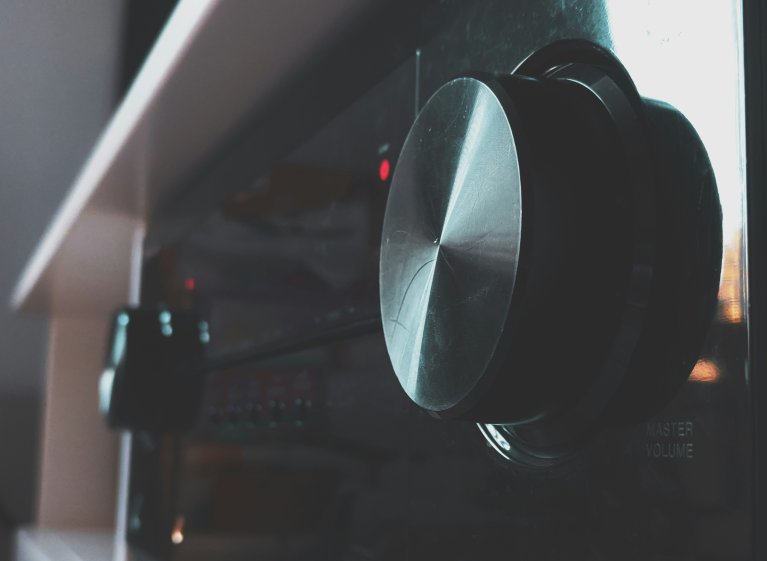Useful Tips to Buy Headphones Online
With the rise of technology, headphones have become an essential accessory for many people. Whether you are a music lover, a gamer, or someone who needs to make frequent calls, a good quality headphone can make a huge difference in your overall experience. However, buying a headphone can be a daunting task, especially when you are doing it online. There are so many brands, models, and features to choose from, and it can be overwhelming. To help you make the best decision, here are some useful tips to keep in mind when buying headphones online.
1. Set a Budget
As with any purchase, it is important to set a budget before looking for headphones online. This not only helps you narrow down your options but also prevents you from overspending. Headphones come in a wide price range, and while it may be tempting to go for the most expensive ones, it is not always necessary. Decide how much you are willing to spend and stick to it.
2. Know Your Requirements
Before you start browsing through different headphones, it is important to know what your requirements are. Think about why you need a headphone and what features are essential for you. Do you need a noise-canceling feature? Are you looking for headphones specifically for gaming or exercise? Knowing your requirements will help you filter out the options and make a more informed decision.
3. Read Reviews
When buying any product online, it is always a good idea to read reviews from other customers. This gives you an idea of the quality of the product and can help you spot any potential issues. Look for reviews on different websites and read both positive and negative ones to get a balanced view. Keep an eye out for any recurring complaints or high satisfaction rates.
4. Check the Return Policy
It is important to check the return policy before making a purchase. Sometimes, even after thorough research, the product may not meet your expectations or may have some technical issues. In such cases, a good return policy can save you from being stuck with a product you are not satisfied with. Check the terms and conditions of the return policy and make sure you understand them completely.
5. Know the Different Types
There are different types of headphones available in the market, each designed for a specific purpose. Some of the common types include in-ear, on-ear, over-ear, and wireless headphones. In-ear headphones are small and go inside the ear, while on-ear headphones sit on the ear. Over-ear headphones cover the entire ear and provide better sound isolation. Wireless headphones use Bluetooth technology and do not have any wires attached. Make sure to research about the types and their specific features before making a decision.
6. Pay Attention to Specifications
When looking at different headphones, pay attention to their specifications. This includes sound quality, frequency response, noise cancellation, and sensitivity. The sound quality is one of the most important factors as it determines how good the audio will be. Frequency response refers to the range of frequencies that the headphones can produce, with a wider range being better. Noise cancellation reduces external noise, making the audio clearer. And sensitivity measures how loud the headphones can go.
7. Compare Prices
One of the biggest advantages of shopping online is that you have the option to compare prices from different sellers. Take advantage of this and compare prices from different websites to ensure you are getting the best deal. Keep in mind that sometimes, lower prices may mean lower quality, so do not compromise on the quality of the headphones for a lower price.
8. Look for Deals and Discounts
Many online retailers offer deals and discounts on headphones from time to time. Keep an eye out for these and take advantage of them to save some money. You can also sign up for newsletters or follow the websites on social media to stay updated on any deals or coupons they may offer.
9. Check the Warranty
Before making a purchase, make sure to check the warranty of the headphones. A good warranty can provide you with peace of mind and ensure that you can get your headphones repaired or replaced if they have any issues within the specified time period. Some manufacturers even offer extended warranties for an additional cost.
10. Consider the Brand
While there are many new and emerging brands in the market, it is always a good idea to go for a reputable brand when buying headphones. These brands have a proven track record of producing quality products and have a reputation to maintain. It may be tempting to go for a lesser-known brand for a lower price, but they may not provide the same level of quality and support as established brands.
Buying headphones online can be overwhelming, but by following these useful tips, you can make a well-informed decision. Keep in mind your budget, requirements, and do your research before making a purchase. With the right headphones, you can elevate your audio experience and enjoy your favorite music, games, or calls even more.

